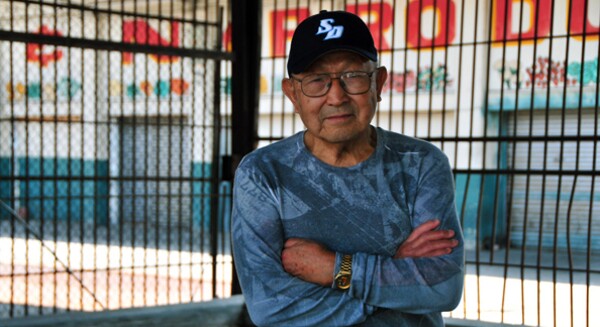Was New Chinatown a Neighborhood or a Media Campaign?

Old Chinatown, with its businesses and family associations, grew steadily between 1870 and 1930, the year when city officials decided to build a new train terminal - Union Station - on top of it. After decades of forced segregation in Old Chinatown, residents, businesses and organization with strong (albeit restricted covenant-enforced) roots would have to abandon the area. The Chinese American Museum, located at the Garnier Building in El Pueblo, is the only remaining building from the first wave of Chinese immigration to Los Angeles.

The impending destruction of Old Chinatown drove residentsCharlieQuon's family - to relocate. Many, including the Quons, chose the mixed race neighborhood of East Adams, creating what many consider to be the first Chinese suburb in Los Angeles.
Meanwhile, different groups put together rival plans for a new Chinatown. Some Chinese American civic leaders saw an opportunity to begin anew in a new location, about half a mile northwest from Old Chinatown, while Los Angeles socialite Christine Sterling created the Chinese equivalent to Olvera Street just north of the Union Station site. Dubbed China City - it used sets from the 1937 film The Good Earth in hopes of capturing the feel of a small Chinese village in downtown L.A.. Even though it traded in obvious racial stereotypes, China City became an focal point in New Chinatown, luring Old Chinatown businesses that had been dislocated during the construction of Union Station. Two major fires would eventually put an end to the China City experiment, and local burghers would shift their attention to the development of a new Chinatown.

Under the vision and direction of Peter SooHoo, a relocation plan for Chinese businesses soon took shape, and in the summer of 1938 what we now know as New Chinatown was founded. Historian and activist Munson A. Kwok notes that New Chinatown was built by choice, not destiny. At the center of this particular moment in Chinatown's urban renewal was the plan to create a business hub for the community, recreating the "idyllic charm of Old China" to attract tourists and Angelinos alike. Mixed-use dwellings, with businesses on the first floor and homes on the second floor - think Chung King Road - provided housing to some displaced residents. Many of them were successful business owners from Old Chinatown, such as Fongs and the Jade Tree. The remaining residents moved into areas surrounding the new plaza, next to what was then Little Italy and Sonora Town.

All in all, New Chinatown was a fresh start for the Chinese, a locus that could house the aspirations, hopes, and growth of the community. But, at its core, it was much like the rest of Los Angeles: a smart business proposition and a media campaign, albeit one designed, controlled and envision by Chinese Americans.


